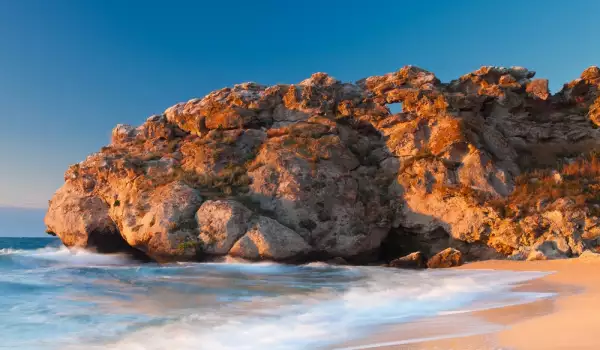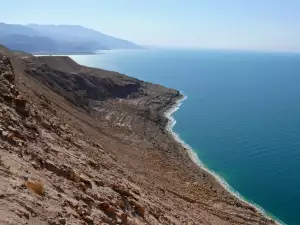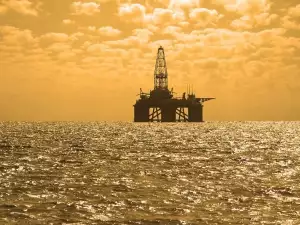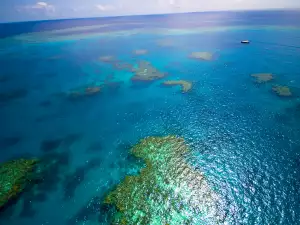Azov Sea

Azov Sea is part of the Black Sea and was formed in its northeastern part. The two seas are connected through the Strait of Kerch near Kerch. West of the strait is the Crimean Peninsula, and from the east - Tamanski Peninsula. The relationship between the Black and Azov Seas has a width of 4.5 to 15 km and maximum depth of 18 meters. Northern boundary of the Azov Sea coast appears in Ukraine, in the east it borders with Russia and its western border is with the Crimean Peninsula. To the northeast Azov Sea is bordered by the Don region.
It is assumed that the current name of the Azov Sea probably stems from the Turkish word "azak", which translates as "low" and this definition is associated with its location. There is also a theory according to which the Azov Sea is named after Prince Kouman, who was called Azumi or Asuf, who was killed in 1067 while defending a city in the region. Ancient names are Maeotian Swamp or Maeotian Sea.
Azov see itself is considered a shallow sea, but the current is huge and often leads to lethal ends for floating vessels. With a maximum depth of only about 15 meters, the Sea of Azov is the shallowest on earth. It spans a total area of about 39, 000 square kilometers, the maximum length is 340 km and its width reaches 135 km. The main tributaries of the Azov Sea are the rivers Don and Kuban, which provide its relatively low salinity and in places there is even freshwater. Other smaller rivers that flow into the sea are Mius, Berda, River Obitochnaya and Yeya.

Places in the Sea of Azov, where deposits silt the average depth is as little as a meter. One such place is Tahanrih Bay. In winter, large areas of the water basin freeze, but even in May the water temperature is suitable for opening the summer season. Very nice resorts are located on the Crimean Black sea coast. The shores here are characterized by unspoiled nature, with extensive sandy beaches. It is quite often windy.
Arabatskaya Strip is an interesting land formation. A long and wide only about 1 km, narrow coastal strip in the western part of the Azov Sea, which connects the Crimea with mainland Ukraine. From the Azov Sea separated the Sivash lake.

The most important ports of the Azov Sea are Berdiansk, Mariiupil, Rostov-na-Donu, Tahanrih, Yeisk and Henichesk. Man-made natural ports of the Azov Sea are available to vessels.
Once the Sea of Azov was extremely rich with a variety of marine plant and animal species. There are more than 80 kinds of fish and 300 species of invertebrates. However, overfishing and pollution are impacting negatively on the ecological balance of the sea, resulting in the number and diversity of species in the region decreasing. However, the Azov Sea is now a highly developed fishing area, especially near the Kerch Strait.
Among the species that inhabit the Azov Sea are anchovy, bass, sturgeon, bream, perch, herring, halibut, carp, mackerel and mullet. The water pool is also home to 50 rare and 19 endangered sea creatures. Estuaries in the Sea of Azov are characterized by their rich and beautiful flora and fauna. There are wild geese, ducks and gulls, cormorants and pelicans, herons and many predatory birds. If you are lucky you can even see some pinkish lotus.















